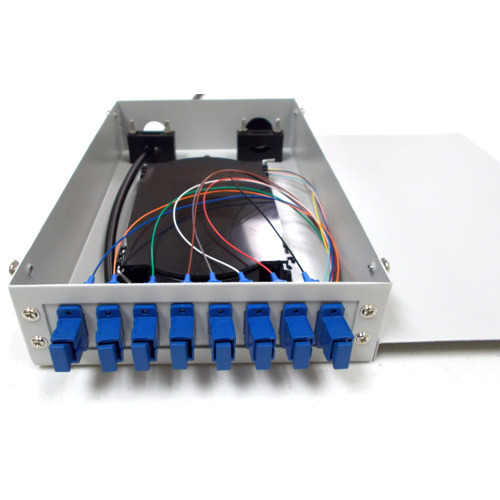An Overview Of Fiber Optic Termination Box
Fiber optic termination box, also known as fiber optic splice closure, is a type of equipment used in fiber optic networks to terminate and protect fiber optic cables. It is typically installed at the end of optical fiber cable runs, and provides a secure and water-tight environment for the connection and transition between different cables.
The most common type of fiber optic termination box is the splice closure, which is used to join two or more fiber optic cables together. This type of box typically includes a splicing tray, a splicing cassette, a closure body, and a sealing gasket.

Image Source: Google
The splicing tray is used to hold the fibers in place while the splicing cassette is used to splice the fibers together. The closure body provides the outer structure of the box, while the sealing gasket provides a water-tight seal.
Other types of termination boxes include the patch panel, which is used to connect different types of fiber optic cables, and the distribution box, which is used to manage the distribution of multiple fibers. These types of boxes usually come with several ports for connecting different types of fiber optic cables, as well as additional features such as fiber optic connectors and fiber optic adapters.
Fiber optic termination boxes offer several advantages over traditional copper-based networks. Due to their small size, fiber optic boxes are more cost-effective and easier to install than copper-based networks.
Additionally, they are much more reliable and secure, since they are resistant to electromagnetic interference and provide a higher level of protection against physical damage. Fiber optic termination boxes also provide a more flexible and reliable connection than copper-based networks. With their small size and cost-effectiveness, fiber optic termination boxes are an ideal choice for any fiber optic network.